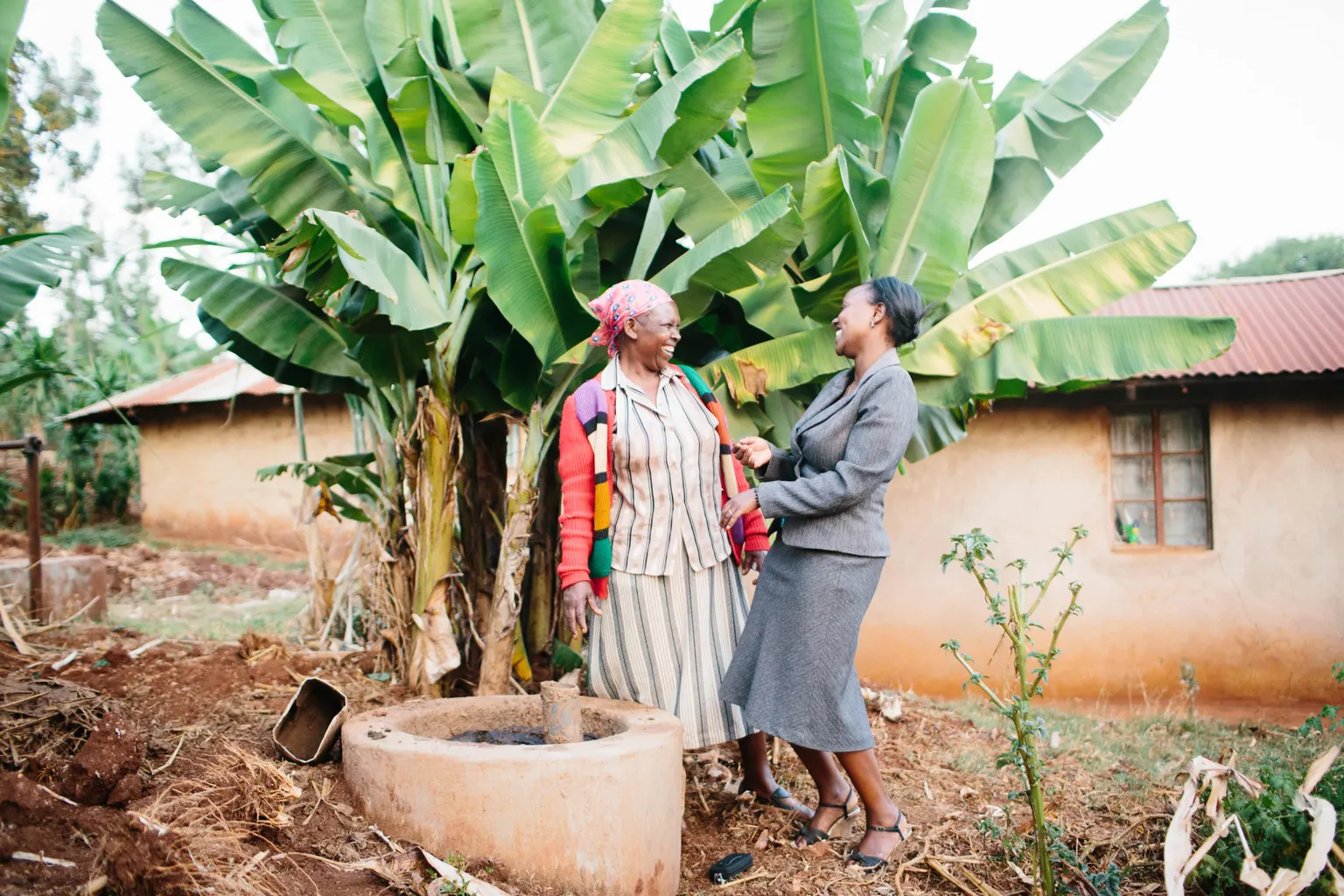Perspective: 35 years, 27 countries - The impact of biodigesters on climate and livelihood resilience

By Annaya Rangkuty, Business Development and Saroj Rai, Global Technical Advisor
Since 2016, Issouf Barry in Burkina Faso has used a 6m³ biodigester to power his kitchen and light his home. A closed system that transforms organic waste, mainly animal manure into two outputs: biogas for cooking and lighting, and bio-slurry for fertilising crops. For Barry, the same system produces organic fertiliser that has improved compost quality on his 10-hectare farm. Biogas allowed him to run an incubator for guinea fowl, increasing hatching rates from 60 to 95 per cent and reducing his dependence on petrol. With more successful hatchings, he now sells hundreds of birds per season. When the compost exceeds his family’s needs, he sells that too.
What seem like separate advantages—cleaner air, better soil, fewer expenses, are often closely linked in daily life. Fewer hours spent collecting firewood mean more time for work or rest. More fertile soil means more food, and in some cases, more income.
These directly address a reality confronted by millions of rural households today that farming is getting harder. Cooking is still done with firewood or charcoal. Fertiliser prices are high, and many families cannot afford them. Indoor air pollution remains a quiet but fatal health risk. Lastly, climate change continues to increase pressure on soil, water, and agricultural yields.
Once the biodigester is in place, its advantages become hard to ignore. Still, it remains vastly underused.
It doesn’t happen overnight. Working with farmers to adopt the technology, building the supply chain, and making it affordable, takes time. In many areas, adoption is still constrained by cost, limited awareness, or lack of technical support. The estimated global market is over 150 million households, 100 million in Asia, 30 million in Africa, and 20 million in Latin America. So far, only a small fraction of this potential has been reached. This is a challenge, but also an opportunity.
With the introduction of prefabricated designs for biodigesters that are cheaper and faster to install, and growing access to carbon finance, the tools to close the gap are improving. At SNV, we are supporting market entry for prefabricated models and expanding from household to medium-sized biodigesters for use in dairy, poultry, and horticulture.
Why does this matter?
Our new publication, The Positive Impacts of Biodigesters, brings together 35 years of experience across 27 countries, documenting the role of biodigesters not just as a clean energy solution but as a system that links energy access, gender, health, soil fertility, climate resilience, and rural livelihoods. The learnings have been immense.
In Nepal, for instance, women reported saving up to three hours a day that used to be spent collecting fuelwood. In Burkina Faso, the average time saved is around 30 minutes. These changes mean less strain, more time, and even reduced health risks. The World Health Organization attributes over three million deaths per year to indoor air pollution, much of it linked to cooking fuels. Biogas eliminates smoke exposure in enclosed kitchens, reducing respiratory disease and eye infections.
While many families install biodigesters for clean energy, it is often the fertiliser, bio-slurry that proves most transformative. Used directly or composted, bio-slurry improves soil structure, nutrient content, and moisture retention. This leads to higher yields and stronger resilience to drought and pests. A review by the Food and Agriculture Organisation found that bio-slurry consistently performs better than untreated manure and, in some cases, can match or exceed the performance of chemical fertilisers. Compost made with slurry improves both the physical and biological quality of soil over time.
In Ethiopia, this is helping reduce the country’s dependence on imported fertilisers. In Uganda, slurry is widely used for bananas, vegetables, and coffee. In Burkina Faso, farmers are now commercialising compost, turning what was once waste into a revenue stream. According to SNV data, 89 per cent of biodigester users in Kenya apply the slurry on their fields. This reduces household spending while improving yields. For some, it opens the door to income generation.
Tackling the climate crisis
Biodigesters are also part of the climate solution. They reduce methane emissions from manure. They displace firewood, charcoal, and kerosene. They reduce demand for nitrogen-based fertilisers, which are highly energy-intensive to produce. Several countries, including Nepal, Kenya, and Cambodia, are already generating carbon finance from biodigester programmes. This revenue is used to lower costs for users and fund ongoing support. With new global carbon trading frameworks now in place, the potential for scale has grown.
What we have learned alongside partners is that biodigester markets do not grow on their own. They require long-term investment in training, supply chains, service networks, and awareness building. SNV’s Sustainable Energy Markets (SEM) framework supports countries in doing just that, focusing on demand, supply, finance, quality, and the enabling environment.
Some challenges remain. Biodigesters are not suited to every setting. They require water, livestock, and regular feeding. But where conditions are right, the technology works. In Zambia, for example, SNV worked with the New Apostolic Relief Organisation to build a community-scale biogas plant. It now supplies clean energy to five villages for cooking, lighting, and pumping water. In Uganda, up to half of all biodigesters are now prefabricated units, with strong potential for further scale through innovative financing and better awareness.
How biodigesters tackle key development challenges
The Positive Impacts of Biodigesters reflects over 35 years of implementation across 27 countries. The findings are consistent: when supported by the right ecosystem—demand, supply, finance, and policy—biodigesters deliver measurable results. They convert on-farm resources into clean energy and organic fertiliser, reducing household expenditure, improving agricultural productivity, and contributing to climate and health outcomes.
The broader impact extends beyond individual households: increased food security, reduced deforestation, and enhanced resilience across rural communities. This is not just a technology—it is a scalable, multi-sector solution that aligns with national development priorities and global climate commitments.